
If you are reading this, chances are that you are like many people who have decided it is time to move to the sunny side of the street. Take the next bold step off the sidewalk onto the road less traveled.
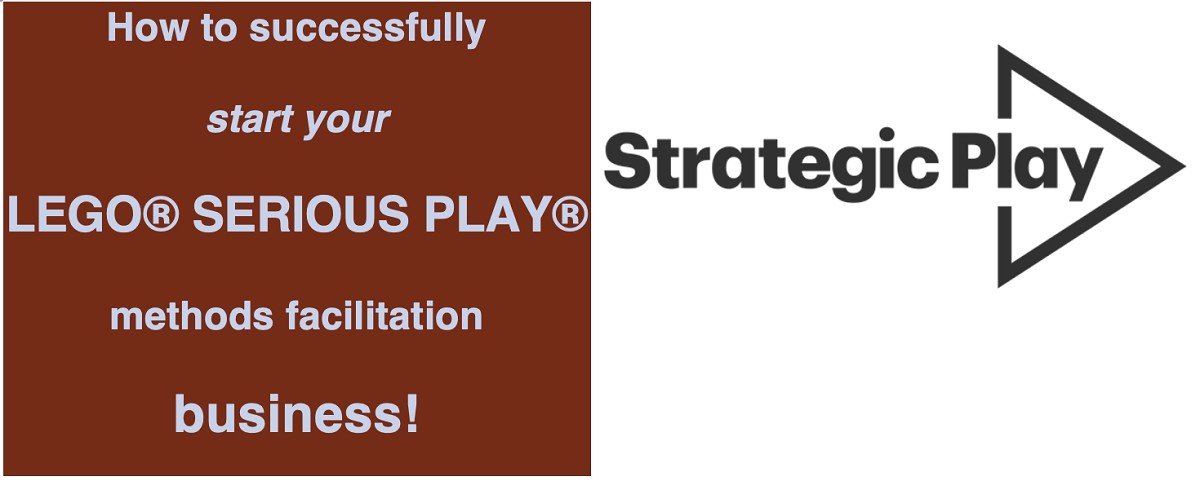
Start planning your own 3D creative consultancy.

When you choose to take the road less traveled, you are heading down a path few people take. This path is less trampled so it is tougher to navigate. But it is full of adventure, much more scenic, and it is loaded with wonderful surprises.
We know this idea may bring both excitement and anxiety. You are not alone. Over the years, we have supported thousands of people around the world as they successfully moved away from the predictable 9 – 5 and into the unknown world of solo entrepreneurship.
It is risky but so rewarding when you begin to start doing the work you love.
This article is in no way meant to replace the great advice or support you should seek from trusted advisers like your friends, family, accountant, friendly banker, supportive lawyers, etc. These are the people who know you well and are the closest to you when it comes to helping you put all the checks and balances in place.
We want to inspire you and share 5 bold steps to help you begin building your road map into this wonderful industry. These are some of the things we know have been helpful to so many brave souls who have gone before you. And because we already know you are a creative thinker and problem-solver, we have designed this process to be both fun and effective—you don’t need an MBA. You can customize this to fit your needs.
Here are some useful steps, which we will dive into with more detail.
Snapshot Overview of 5 bold steps:
1. Get your LEGO® SERIOUS PLAY® methods certification
2. Select an area of focus or niche in the market
3. Create your bold vision
4. Make connections with potential clients
5. Implement, gather feedback, measure, adjust, and repeat
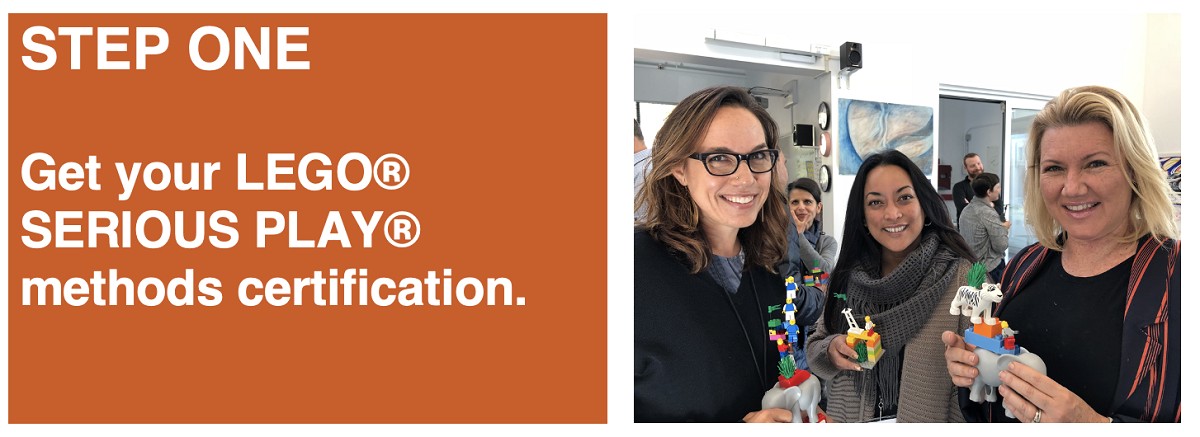
Step One: Get Your LEGO SERIOUS PLAY Certification!
In our humble opinion, this is the most important decision you will make at this very critical stage. Why? Because it will set the tone for your learning journey, and it will determine the quality of information you gather. You will form your mindset about the process and build the supports you will have in place when you are done.
You will also meet and connect with your trainer while also being introduced to an important cohort of learners who will be along for this exciting ride into the future. And depending on the training you take, they may or may not be a new community of LSP facilitators who will support you as you grow and develop.
Find a community that supports your philosophy. There are many choices. You would be wise to avoid the ones who are on a race to the bottom, offering low-cost, low-quality options; this can be a trap because you will likely need to retake the content again. Likewise, avoid those who are elitists and present as overly protective of the method. These tend to be the ones who make false claims that they invented the method or that there are limitations in the application and uses. Look for providers using supportive language like “yes, and” rather than “no, but.” Basically, look for supportive, open, friendly connections where you feel you can grow. Read their marketing copy closely and form your own opinions.
Now when we mention mindset, we are speaking directly toward attitudes and behaviors. Look and listen and read all that you can at this step. Look for a training company that shares your values. Listen to what they say and how they say it. You want to find a training and certification company with a proven track record. Look for ones that have been around for a while with good feedback from graduates that are using the method successfully. Ask for case studies that show how they have used the method to solve real world problems. Remember, it’s not just about delivering training. Your trainer should be an expert in problem-solving and innovation and be using the method in many, many ways within a variety of industries.
You might only take one certification, but you may find your clients start to ask for different types of workshops. Once you start, you can build on your knowledge and take additional advanced courses. Look for a trainer who offers more than one application certification, so you also have room to grow. Stated differently: A can opener is a great tool; it can open many cans. But a Swiss army knife will give you multiple opportunities to get many jobs done.
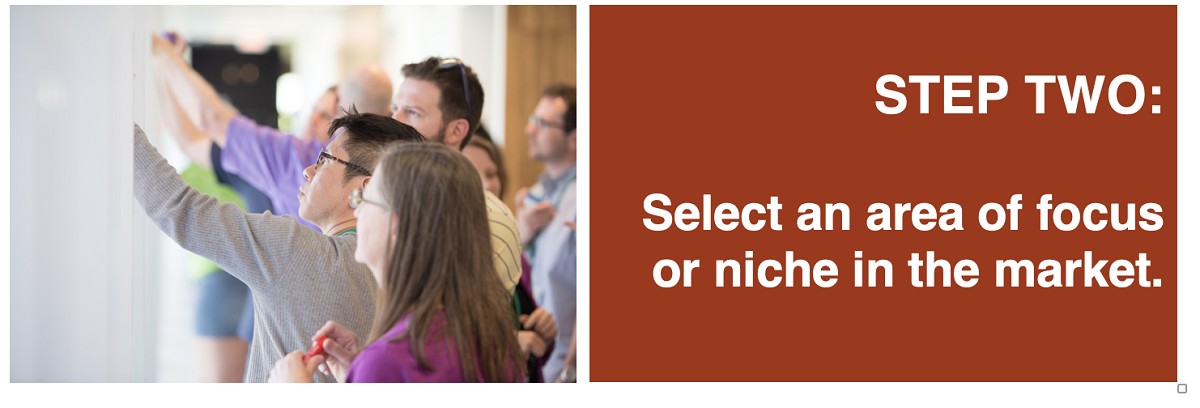
Step Two: Select an area of focus or niche in the market.
Finding your niche is an important consideration as you being to launch your business. At your training, you will begin to form ideas as to how you can put this tool to use. Your trainer should be there to help. It is important that you first begin to consider your background and expertise, not just what you want to do but what you have already done. Introducing a new method into a new market will be more challenging than introducing a new method into a market you know well.
Finding your niche has many benefits:
- It is easy to enter the market because you already have contacts.
- There is less competition because fewer people will have your background.
- You can be the authority in this area. Getting their first is key.
- You will find it easier to target for business development and marketing because you know who you are speaking to and their pain points.
- You will have a focused approach, clear strategy, and faster growth.
- It will continue to become easy to create stories and more new content.
If you have a background as a teacher, you might like to focus on education. If you have a background in nursing, you may want to focus on healthcare. Having a background in a specific field will make it easier for you to understand the jargon used within the industry, the pain points that might emerge, and you will have contacts you can reach out to in order to begin.
LEGO SERIOUS PLAY methods are indeed an agnostic tool that can go into any industry and be used to solve a multitude of problems. This means the entire world is your marketplace, and every human can be a potential client. However, this strength is also a weakness. You might be confused as to how you can get this tool out into the world.
First, you cannot simply sell Serious Play to anyone. Most people do not know what it is. Second, no one will want to pull their team away from work unless they know what they can accomplish. Third, most school-aged children have already learned that play is not valuable and work is more important. So you can see you are now working hard against lifelong beliefs if you simply try to sell play or play-based methods. Fourth, do not try to sell LEGO or LEGO SERIOUS WORKSHOPS: Sell the outcome.
You first need to illustrate what LSP does (the outcome), not what it is (the tool). Think of this process like buying a car. You know it has a motor, and it would be annoying if the salesperson explained all the components of the engine. What you really want to know is that it is dependable and it will deliver you and your family safely to your destination.
Once you identify your niche area, you can identify the common pain points and explain how LSP can help overcome the obstacles. You will be able to identify your potential clients, where you will find them, and how you can connect with them in a meaningful way.
You might like to sell a workshop to a large car manufacturer. But if you have never worked in this industry and you do not know anyone who does, this idea might not be too realistic right now. Go down the path of least resistance before you start trying to forge a new path. If you are a teacher, start with the school board to offer a great workshop and deliver amazing results. Chances are, someone attending will know an individual in the automotive industry and onward and upward you grow.
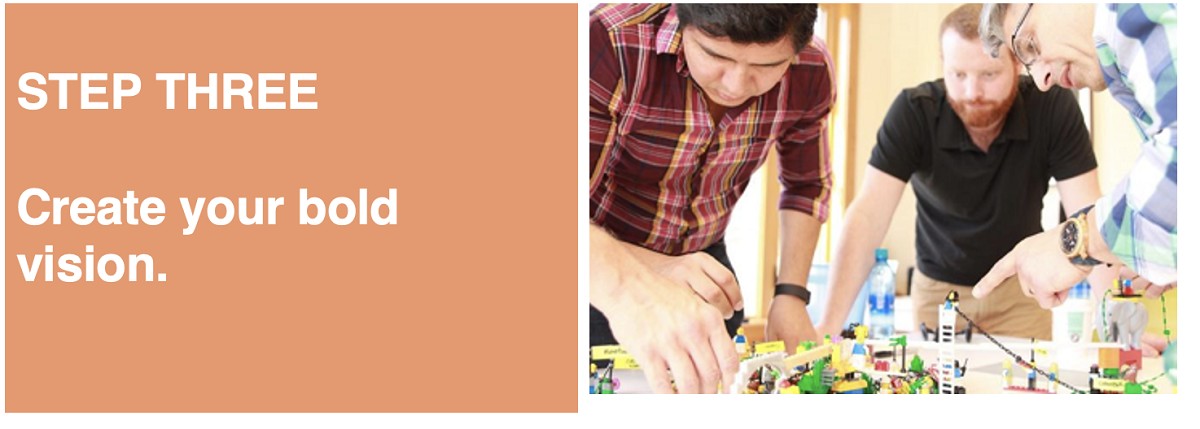
Step Three: Create your bold vision.
Now that you have an idea of focus, you can build your vision. Do not be shy. It is time to think big. This is another important step that you simply cannot skip. If you do not know where you are going, all paths will look like they might take you there. Just because you can do something does not mean you should. It is super important to have a clear idea of the direction you want to take.
It is easy for creative thinkers to fall down rabbit holes and get completely lost. Not to say great opportunities will always emerge along the way, but it will be easier to identify the side roads you want to take and which to avoid if you know where you want to be in 5 or 10 years from now.
To create your vision, start by imagining the perfect life in the future using this new tool and then start journaling until you are clear. Or you can use magazine photos and build a visual collage or vision board. You might like to think in 3D and build a vision model. How you approach this activity is totally up to you, and it will depend on your learning and "Playsonality playstyle." It is important to do this early in the game to set the way forward. From your vision, create your mission statement, your goals for each year, and your objectives. The Internet is full of ideas on how you might go about this, so enjoy the process.
Remember you will need:
- A vision so you know where you are going.
- A starting point so you know where you are right now; if you are unclear, revisit step one.
- Create 3 or 4 bold steps you can take now to move you closer to your vision.
Most successful thought leaders will tell you the biggest mistake they made when starting out is they did not think big enough and they did not put enough structure in place to support the expansion of their vision.
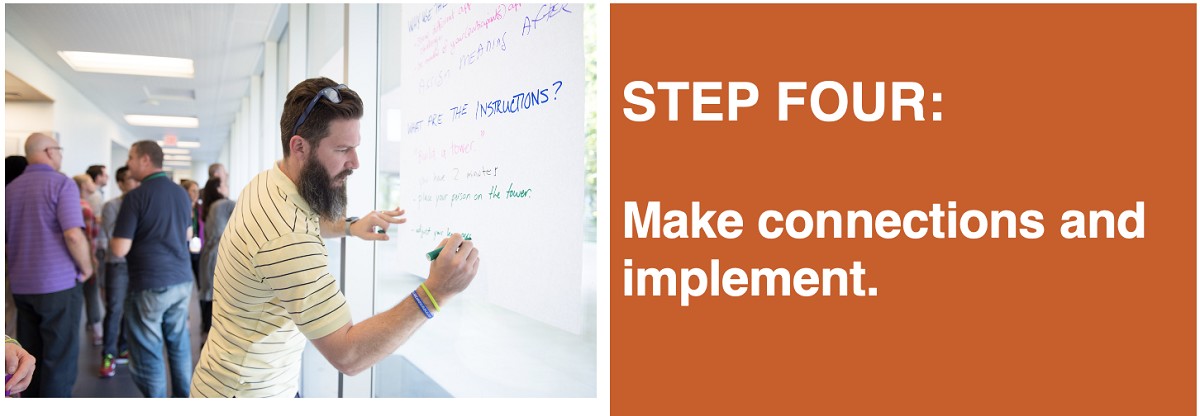
Step Four: Make connections and implement.
The world is full of people who have great plans but then never act and find themselves wondering: What if? Do not join this group.
Now that you have an outline of your plan, it is time to go connect and implement.
You might like to create a profile of a typical user or decision-maker.
Write a list of questions they might ask or be thinking. Then answer each question. This process of client identification with needs identification will save you time in the future. It can prevent you from going down the wrong road and spending valuable resources on business development, marketing, and sales that do not create a sustainable return.
The one thing we have all discovered is that LSP is best marketed and advertised by direct contact, where people can test and try the method for themselves. This process allows people to discover their own powerful moments. Stories and photos are great, but nothing replaces direct experiences and someone discovering the potential themselves.
- Make a list of all the places you have been or worked where LSP could be used.
- Make a list of all the people you know who might like to try or test this method with you.
- Find their contact information and invite them to come to coffee and maybe bring a co-worker. Take some LEGO with you and be ready to do a 15 – 30 minute mini-building workshop.
- Let them tell you how this might be useful in their setting with their people.
- Yes: It is that easy.
Implement
Now that you have some interested people who have seen this process, you need to organize your first workshop. One great idea is to offer to do a pro-bono session for a non-profit organization, such as a hospital or school board. Think about your typical user and where they might be volunteering their time. This approach would be warmly received, because non-profits often do not have the funds to hire consultants or facilitators. Non-profits are just as likely to need help aligning their members. Once you contact a leader, demonstrate the process and explain what you are offering: a pro bono half-day or full-day workshop in exchange for feedback, photos, testimonials, etc.
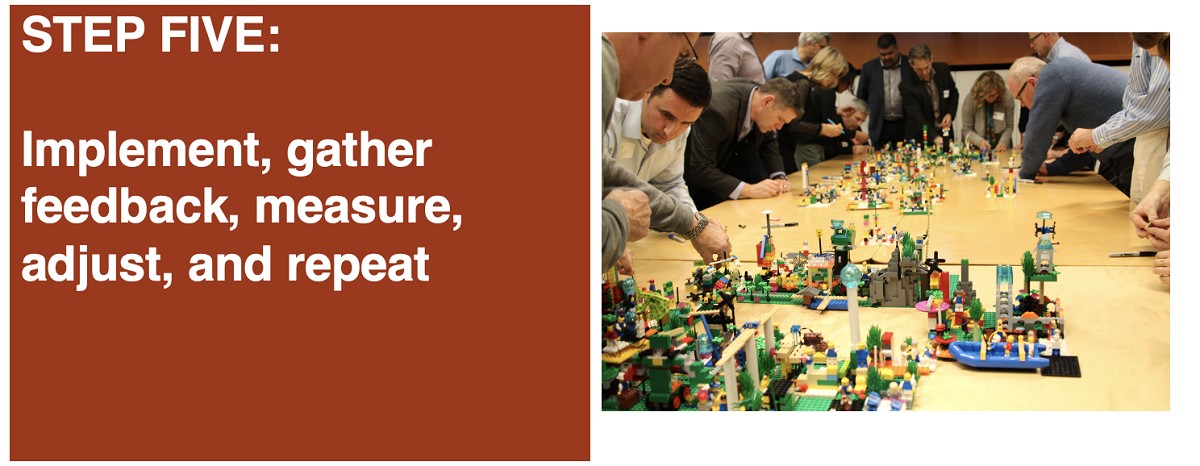
Gather Feedback
Ask people for immediate feedback. Create a feedback form and use it.
Ask those attending if they have ideas on ways to use the method. Solicit their help in thinking of opportunities. Frame it like a brainstorming session where they are thinking of ways LSP could solve their problems.
If you have one or two of these types of opportunities, you can offer the workshop in exchange for feedback and photos you can use for promotion. You may be able to write a case study. If you run the workshop well, it is highly likely that those attending will recommend you to friends. Now you have a clear path forward. Do a bit of research and create a solid feedback form that will work well for you. You might ask if they know someone who would be interested in using this tool in their work.
Measure
Keep track of those who attend the workshop or that you make contact with; track your calls and contacts. It is amazing how only a few of these types of workshops can launch your LSP business. As you track participants and industries, always remember to thank anyone who promotes you to others. This organic process has proven to be worth its weight in gold and works far better than creating expensive brochures or AdWords. People will begin to realize they can be helpful by giving your card to others. When you do pro bono work, you are putting positive energy out into the universe. This process builds good will.
Adjust
Take the feedback you receive from your workshops as a gift. Of course, you will get great positive feedback; this is wonderful. But you will also get what you think is negative feedback, and that is great too. Feedback is simply data, which is neutral. So think of the negative feedback as a form of good information you can use to improve your process or offering. You are still experimenting, so do not get discouraged if you get negative feedback. If you discover that your first few workshops do not create the movement you expected, do not worry. You may need to find a different market or group of users or adjust your approach.
Say you tried the insurance industry first but nothing moved forward. Take a step back and try a different industry that functions in a different way, like banking or accounting, but where you also have contacts. The point is you need to try more than one approach with more than one type of client. And you only need a few people who love the approach and want to help. These people are out there, and they are amazing allies as you move your new business forward.
Repeat
Once you have momentum, keep going. Remember, the key is to this business is that you need to continue doing amazing work each time you go out into the field. Also, while you may get very busy with paying clients, it may serve you well if you continue to offer pro-bono workshops from time to time. Not only is this a way to give back to your community, but it can help you keep your skills sharp and give you the opportunity to test and try different types of workshops. At Strategic Play, we carefully plan our giving and identify organizations we can support. This is how we keep our name positively associated with doing good work. It is not just our strategy: It is our philosophy to give back.
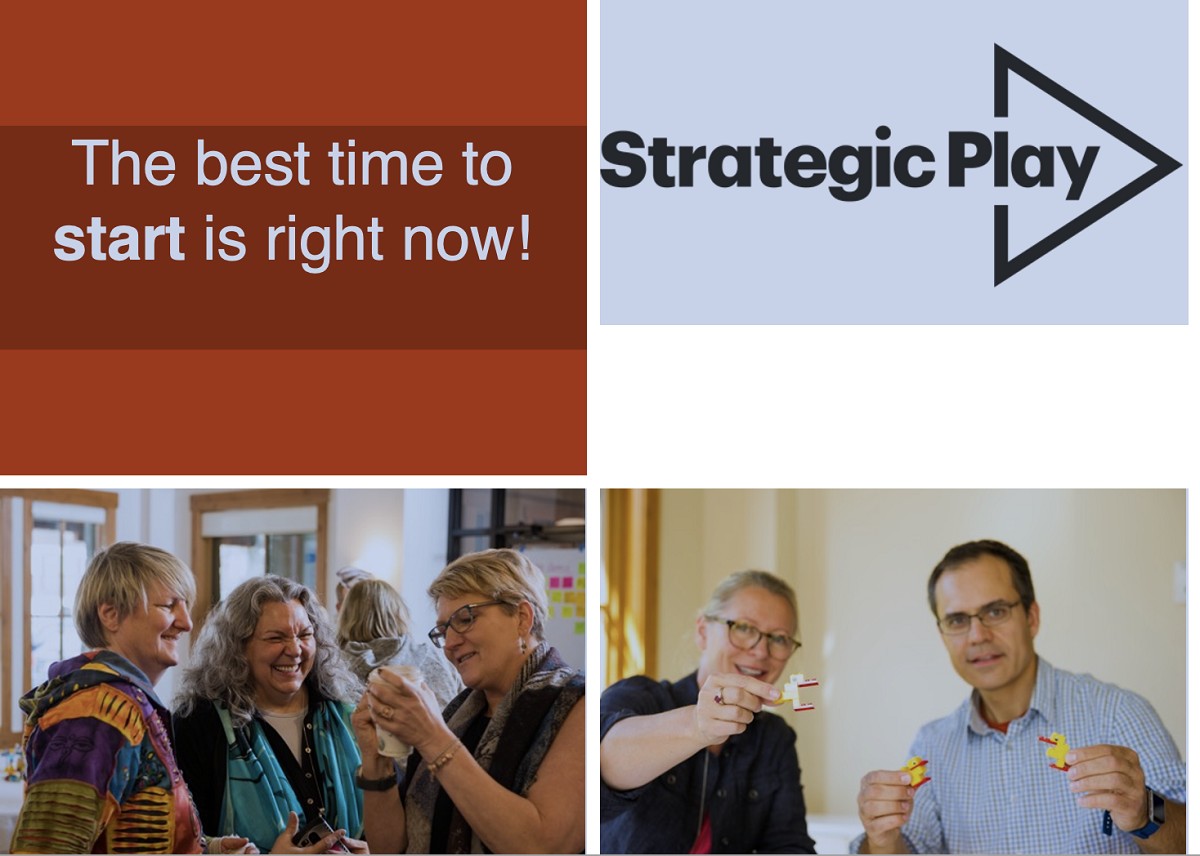
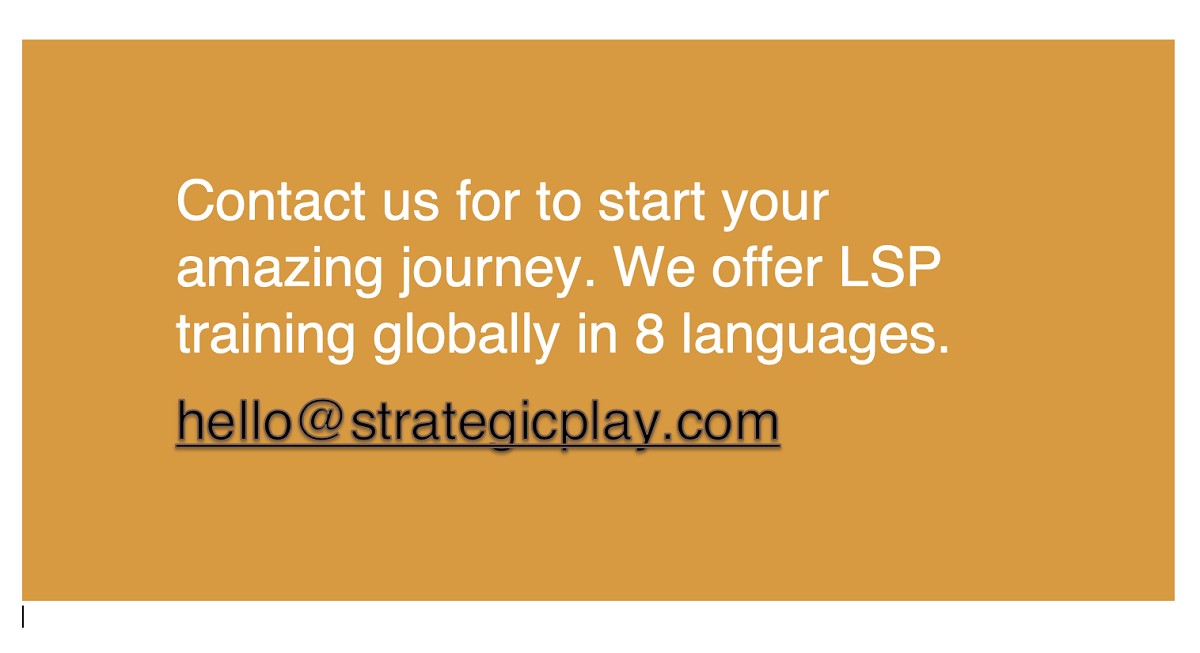
Repeat also means continuing along on your learning journey.
It is important to stay connected with your LSP community, to attend conferences with peers, and to take advanced courses so you can continue to expand your offerings. Most clients struggle to innovate. They are counting on you to innovate and bring new tools and ideas to them so they can continue to out-imagine their competitors or do more with fewer resources.